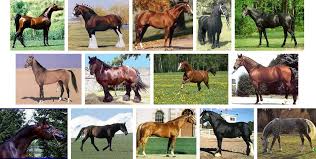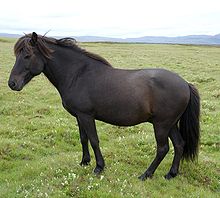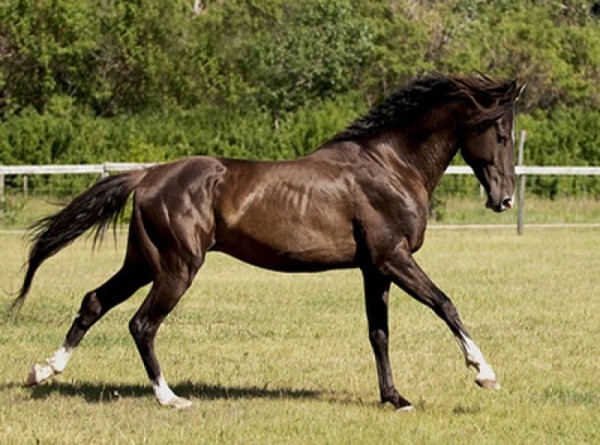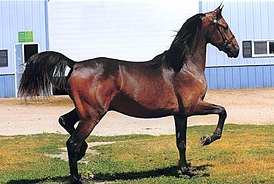life-threatening crusades
OSSETIAN ROCK HORSE (part 3)
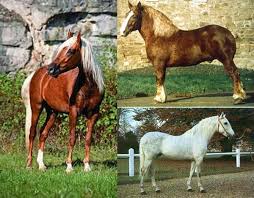 Archaeological material belonging to the Scythian period reflects close contacts between Iranian-speaking nomads and Caucasian tribes. Particularly intense interaction took place in the Central Caucasus. Under the influence of the ancient Iranians, local tribes underwent changes in military affairs. They began to use cavalry in the war, especially in the 7th-6th centuries. BC, during the stay in the open spaces of the North Caucasus Scythians. From time to time, their numerous equestrian squads made successful campaigns from here to the countries of the Near East. During this period, cavalry became the dominant branch of the Caucasian tribes. Together with equestrian battle tactics, Caucasian tribes adopt the horse itself from the Scythians. Part of the Scythians, and in the VI-V centuries. BC. and savromatov, mixed with cobans who lived in the foothills. The presence of nomadic burials in the mountainous regions of the Central Caucasus dating back to the 7th-6th centuries. Continue reading
Archaeological material belonging to the Scythian period reflects close contacts between Iranian-speaking nomads and Caucasian tribes. Particularly intense interaction took place in the Central Caucasus. Under the influence of the ancient Iranians, local tribes underwent changes in military affairs. They began to use cavalry in the war, especially in the 7th-6th centuries. BC, during the stay in the open spaces of the North Caucasus Scythians. From time to time, their numerous equestrian squads made successful campaigns from here to the countries of the Near East. During this period, cavalry became the dominant branch of the Caucasian tribes. Together with equestrian battle tactics, Caucasian tribes adopt the horse itself from the Scythians. Part of the Scythians, and in the VI-V centuries. BC. and savromatov, mixed with cobans who lived in the foothills. The presence of nomadic burials in the mountainous regions of the Central Caucasus dating back to the 7th-6th centuries. Continue reading
Thoroughbred sports horse from Germany – Trakenenskaya (part 1)
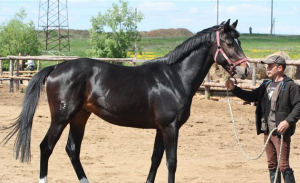 The Trakehna breed of horses owed its appearance to the work of East Prussian scholars – breeders, who carried out colossal work to create a strong and hardy horse, whose calling was to serve as the Prussian cavalry. It was necessary to bring such horses that could quickly adapt to any climatic and domestic conditions, were not afraid of long transitions and physical exertion, and were also bold and decisive. Photo of the horse of the Trakenens breed Thus, to please the needs of those years when the territory of the Prussian Empire knights came in – proud carriers of the Teutonic Order – specialists decided to create for their warriors a special kind of horses that would become loyal assistants in protecting the integrity of the state. To begin with, scientists conducted a number of studies, engaged in crossing Zhmudskie mares with stately eastern horses. Continue reading
The Trakehna breed of horses owed its appearance to the work of East Prussian scholars – breeders, who carried out colossal work to create a strong and hardy horse, whose calling was to serve as the Prussian cavalry. It was necessary to bring such horses that could quickly adapt to any climatic and domestic conditions, were not afraid of long transitions and physical exertion, and were also bold and decisive. Photo of the horse of the Trakenens breed Thus, to please the needs of those years when the territory of the Prussian Empire knights came in – proud carriers of the Teutonic Order – specialists decided to create for their warriors a special kind of horses that would become loyal assistants in protecting the integrity of the state. To begin with, scientists conducted a number of studies, engaged in crossing Zhmudskie mares with stately eastern horses. Continue reading
